Aftermath of Forever: Relationships, described through music
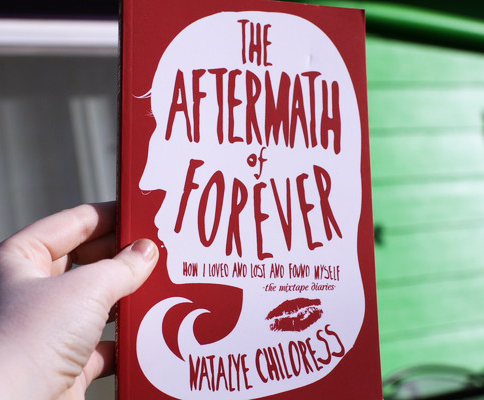 In this new blog series, we ask Microcosm interns to pick any book we’ve published and review it. Cyn chose Aftermath of Forever: How I Loved and Lost and Found Myself. The Mixtape Diaries by Natalye Childress.
In this new blog series, we ask Microcosm interns to pick any book we’ve published and review it. Cyn chose Aftermath of Forever: How I Loved and Lost and Found Myself. The Mixtape Diaries by Natalye Childress.
In college I went through a phase of pure obsession with young women’s romantic memoirs—the funny kind, that is. Chelsea Handler’s “My Horizontal Life”, the infamous Belle de Jour book, Abby Lee’s “Girl with a One-Track Mind”. I loved the brazen openness of these women, their realistic attitudes, and the humor they found in even the most awkward sexual experiences and heartbreaks.
So, Aftermath of Forever caught my attention immediately, and I loved it.
At its base, this is a collection of short pieces about the author’s previous romantic interests. Some lovers, some potentials, and some that she just loved in one way or another. The chapters serve as odes to each of the men that have passed through her life after a fierce divorce in her early twenties.
Throughout the book, Natalye is very aware of the effect each man has on her life, both in the moment and long after. That awareness keeps her journey interesting, watching her wants, needs, and general lifestyle change and evolve with each passing beau, from her very open, early exploration of her own sexuality to casual exploits, and even falling for men she’d never expected to love.
Sometimes I questioned her normalcy when compared to needy, problematic men with a plethora of issues, but then Nat acknowledges and explores her own issues: questionable choices, occasional neediness, and common vulnerability. She expresses her wants and needs on almost every page and doesn’t apologize for them. On the road to finding and loving your self, that’s a huge step, and Natalye shows her strength in that aspect of herself. You can’t help but admire it as the stories go along.
The descriptions are well done and very realized, with a surprising amount of detail. Sometimes, though, this level of detail felt a little bit tedious, with every action transcribed, even when it served no purpose in the end. But I like that this level of focus shows Nat’s awareness of the world around her, and it does give really solid visuals, though near the end it sticks out a little more.
After reading for a while, I started building the provided playlists online and going back to re-read the chapters along with their designated musical selections. With the music playing, there’s an extra boost to the atmosphere of each chapter that isn’t as pronounced without it. Max’s chapter is soft indie and bittersweet, reflecting Natalye’s wistful feelings towards their almost-relationship, as well as her vulnerable time post-divorce. Van, her first lover, is accompanied by relaxed, chilled out romances with young, poppy elements, fitting well against their young, casual sexuality, and a feeling of something missing. Chaz has two lists, one being his own creation, mimicking the intense connection they shared in their life together, their sexual explorations, and pure trust. Marques, the boy in a band, gets a backdrop filled with metal, reflecting not just his musical tastes, but also their intense but erratic relationship.
The one part I thought was lacking was a level of reasoning for the lists. She gives a general explanation and theme of each, but since a mixtape has a very deliberate selection, I would have loved to know more about why she chose certain songs. More insight into her process, I think, would help me to connect with her more, and be more fun to read!
Am I taking all of this a little too seriously? Maybe. But this book explores relationships through musical choices, and the way those choices are made, and then are able to meld with the individual chapters, is a huge part of experiencing the story.
I also appreciate that the book doesn’t end (spoiler alert!) with a chapter about Nat finding an awesome guy. This isn’t a book about finding love. It’s about navigating love while you find—and love—yourself. To that end, the ending works. And there’s a lesson in that alone, making this book kind of perfect for anyone struggling through similar experiences and looking for ways to make sense of it all.
Be honest, never give up on your self, and always listen to music you love.
This is part of our series of Microcosm intern book reviews! The last one was Coco’s review of White Elephants.
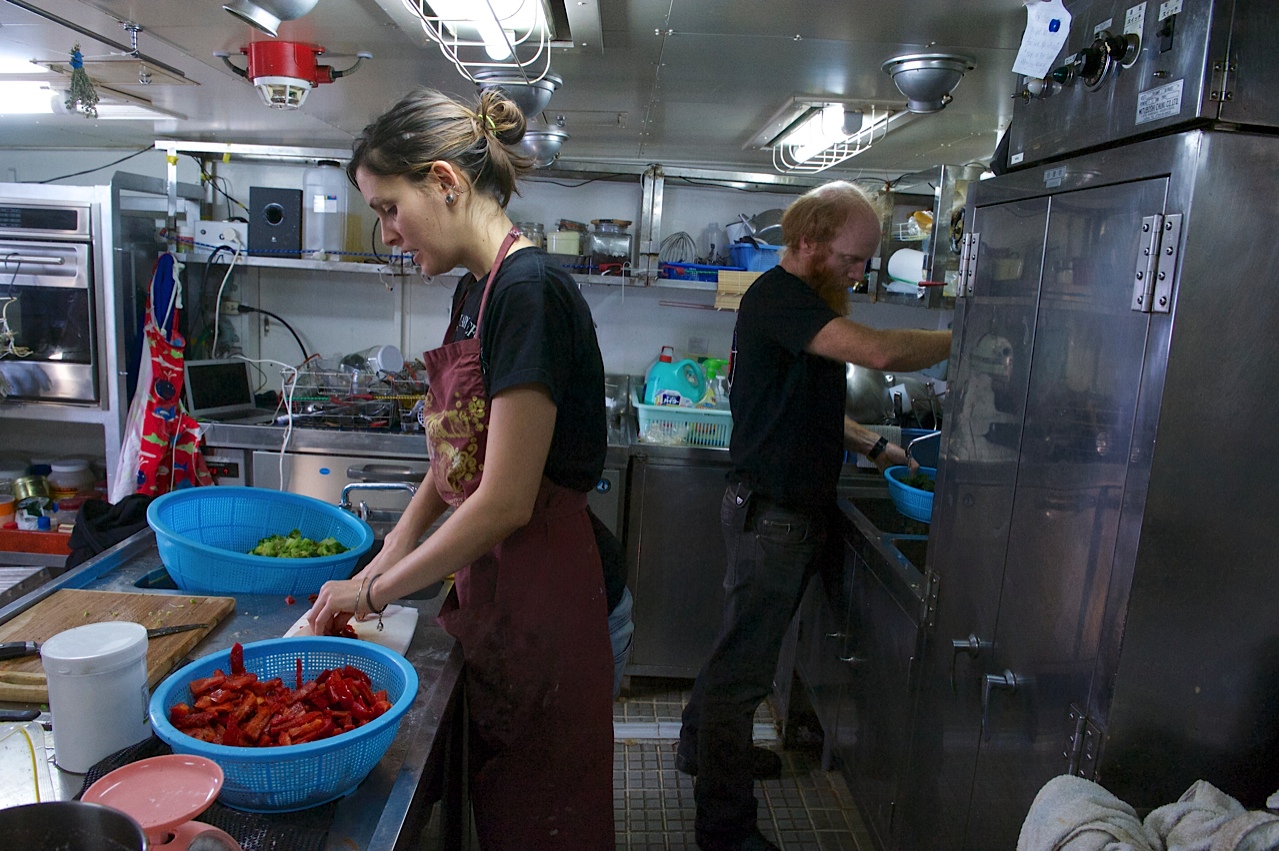 After Raffaella Tolicetti graduated from college, she signed up to volunteer on a Sea Shepherd ship, setting off with a group of other activists to sail the high seas to prevent illegal whale hunting. She quickly was appointed the crew’s chef, despite no professional cooking experience. Her cookbook,
After Raffaella Tolicetti graduated from college, she signed up to volunteer on a Sea Shepherd ship, setting off with a group of other activists to sail the high seas to prevent illegal whale hunting. She quickly was appointed the crew’s chef, despite no professional cooking experience. Her cookbook, 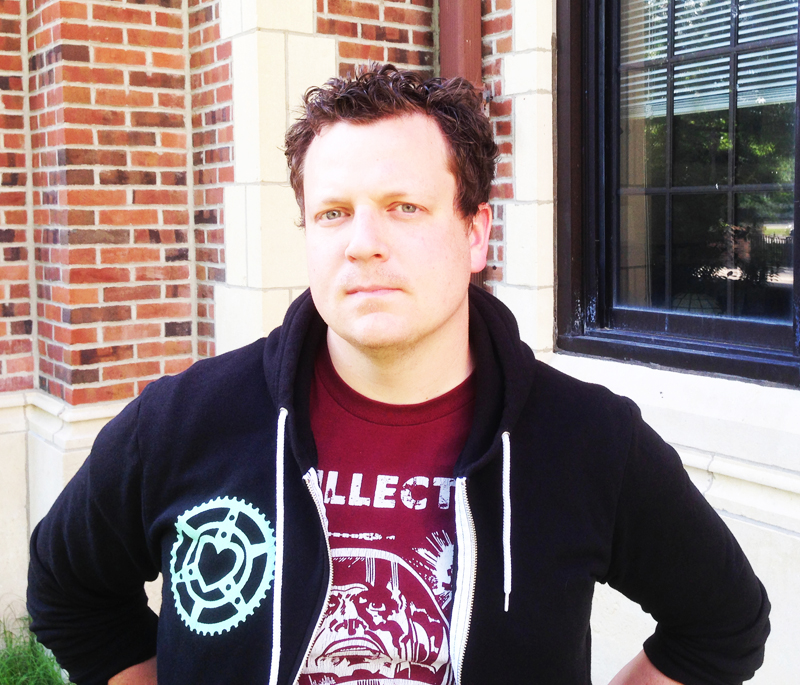 A whole lot of hours and days and weeks in the last year at the Microcosm HQ have gone into pouring love and effort into
A whole lot of hours and days and weeks in the last year at the Microcosm HQ have gone into pouring love and effort into  In my mind, there are two main audiences for the book. The first is the most obvious. It’s for teenage rebels! I wrote it for young people. It’s their history. So, I hope they find it useful. I think these stories are empowering, and teens are an especially disenfranchised group. My own teen years were an exercise in correctly identifying injustices and then directing my anger almost entirely at the wrong targets. So, I hope young people will read the book and see that it is possible to vent your frustrations in ways that actually make positive changes. The future is in their hands.
In my mind, there are two main audiences for the book. The first is the most obvious. It’s for teenage rebels! I wrote it for young people. It’s their history. So, I hope they find it useful. I think these stories are empowering, and teens are an especially disenfranchised group. My own teen years were an exercise in correctly identifying injustices and then directing my anger almost entirely at the wrong targets. So, I hope young people will read the book and see that it is possible to vent your frustrations in ways that actually make positive changes. The future is in their hands. 
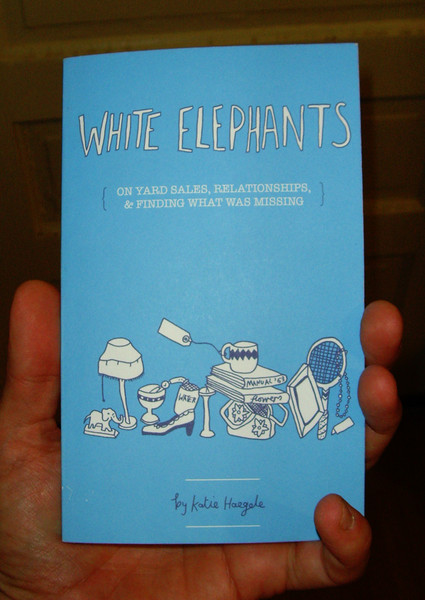
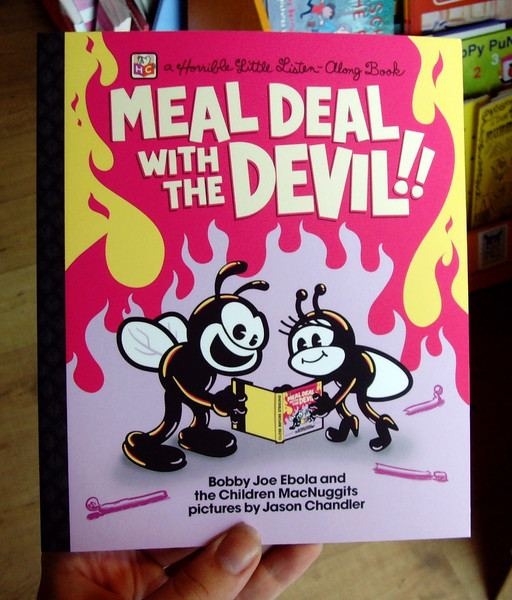
 It happens all the time. I’m meeting with an author to talk about promoting their book….and they have
It happens all the time. I’m meeting with an author to talk about promoting their book….and they have 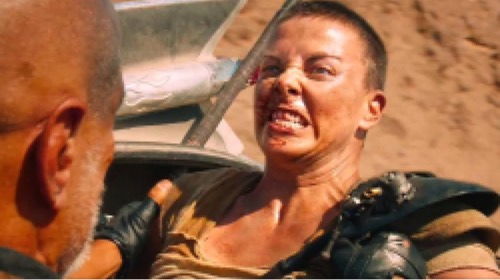 Here’s a taste of what we put in our brains last month:
Here’s a taste of what we put in our brains last month: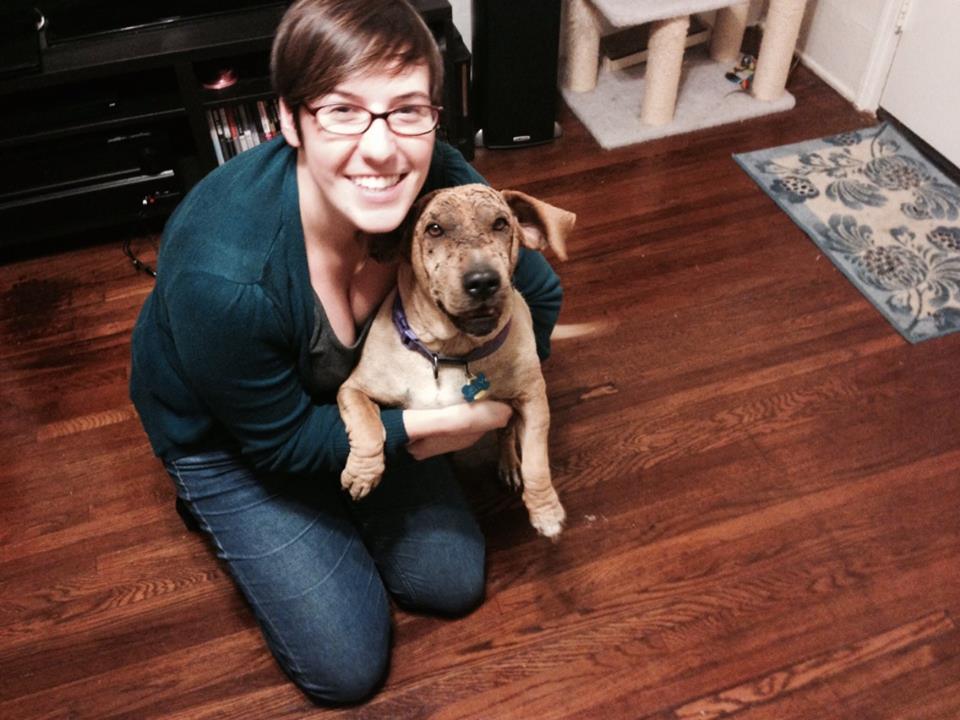 Helen Wildfell came to us with a proposal for a zine about her experiences learning to build healthy relationships. We liked it so much that we asked her to turn it into a book. The result is
Helen Wildfell came to us with a proposal for a zine about her experiences learning to build healthy relationships. We liked it so much that we asked her to turn it into a book. The result is 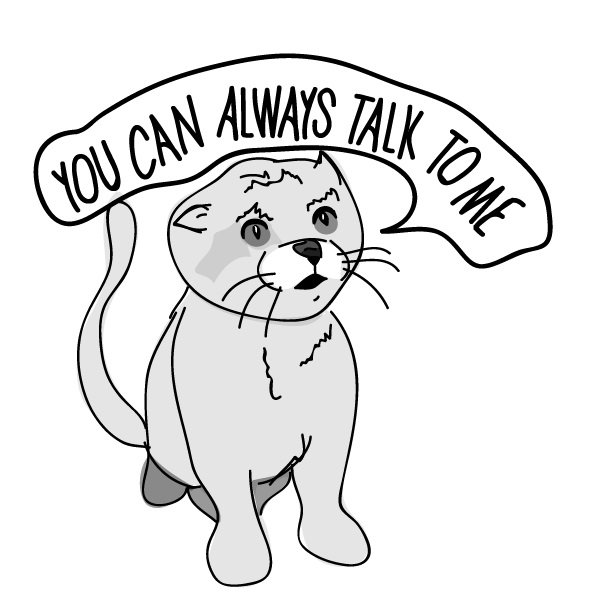 The book comes out July 14th. How do you think readers will respond? How do you hope the book will be taken?
The book comes out July 14th. How do you think readers will respond? How do you hope the book will be taken?